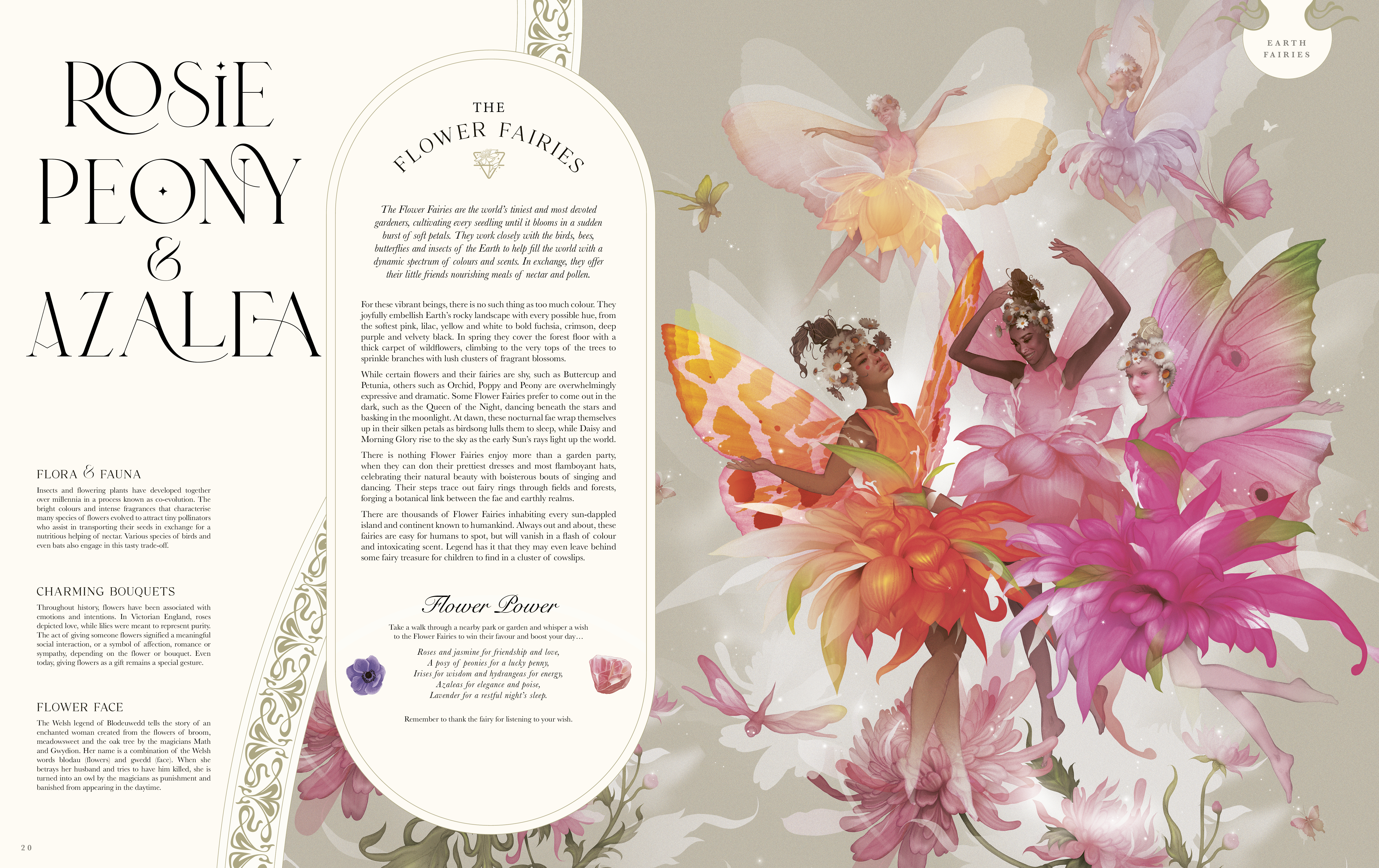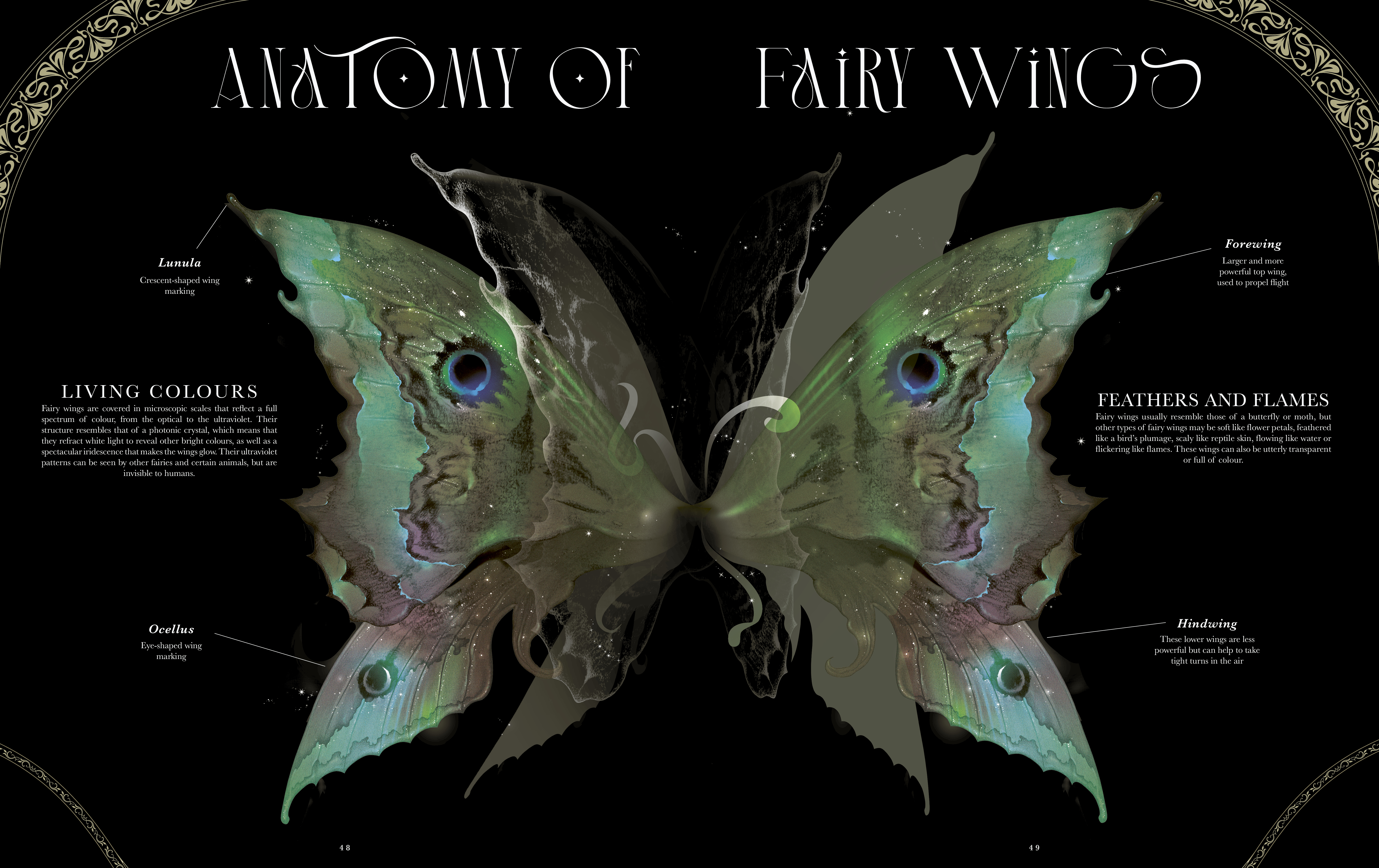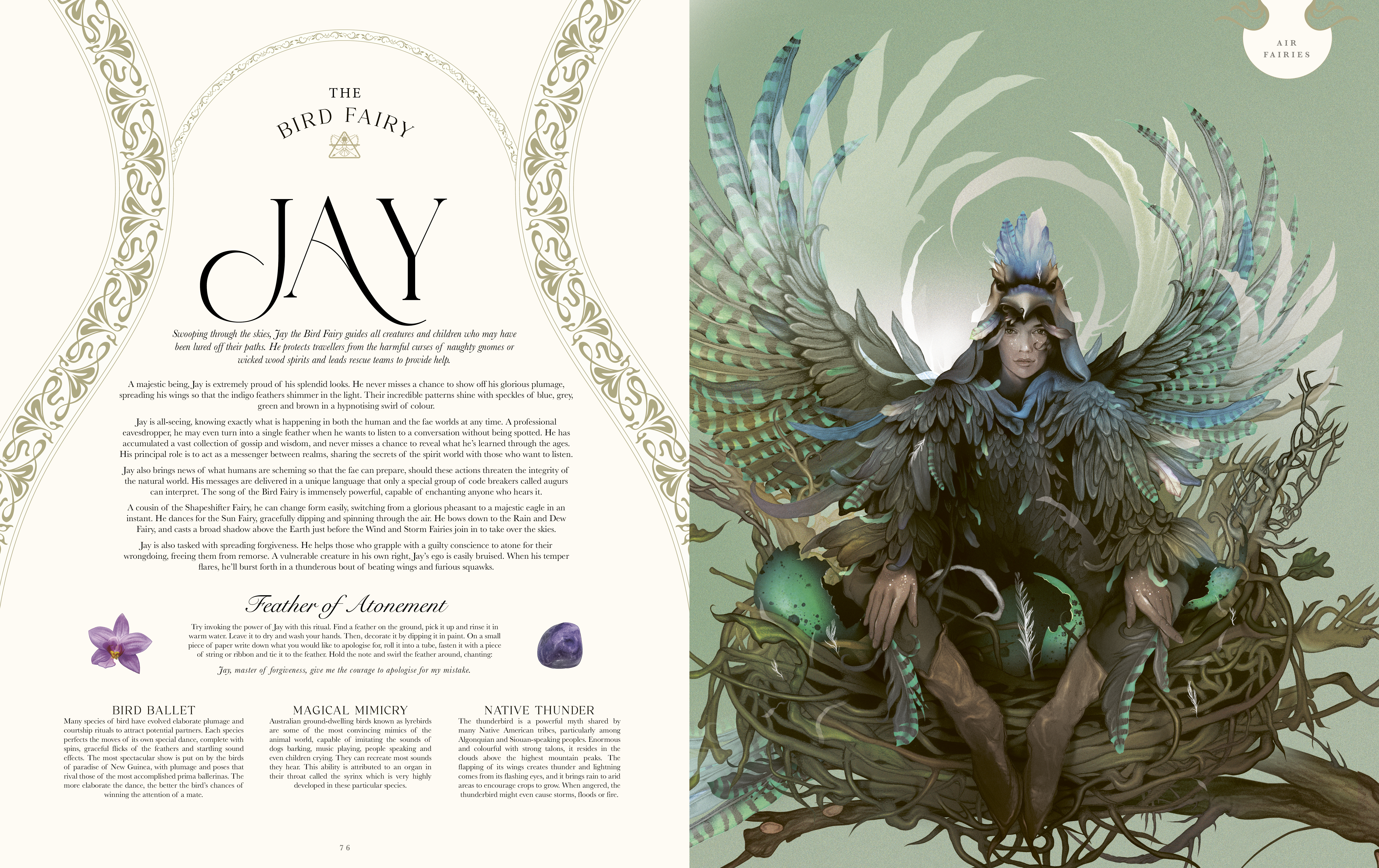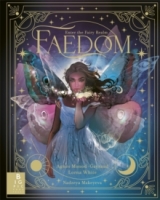 For those who love fantasy, myths, legends, and folktales, Faedom stands out as the essential guide to the world of fairies. Crafted by the combined talents of debut children's authors Agnes Monod-Gayraud and Lorna White, Faedom is a mystical and magical journey through the world of the fae.
For those who love fantasy, myths, legends, and folktales, Faedom stands out as the essential guide to the world of fairies. Crafted by the combined talents of debut children's authors Agnes Monod-Gayraud and Lorna White, Faedom is a mystical and magical journey through the world of the fae.
Agnes and Lorna join us to share the story behind Faedom, their love of folktales, and the collaborative process with illustrator Nadzeya Makeyeva that brought their magical world to life.
Q. Faedom is a stunningly beautiful book. What led to its creation and was it years in the making?
A. We are truly amazed at how beautifully the book turned out and it has been a privilege to be able to bring our fairies to life. When we pitched this idea, we had no idea really what would come of it. We would meet often as our daughters go to school together and it turned out we were both working on novels. One day we got to talking about the intersection of science, fantasy and science fiction. Eventually, we thought it would be fascinating to combine all three. In other words, to take the scope of scientific fact and merge it with folklore and magic. To mesh the seelie with the unseelie, as it were.
In a practical sense, the book took just about two-and-a-half years from the moment we pitched it to Jo McInerny at Big Picture Press on 15 March 2022 to publication day on October 24, 2024. The lengthiest part of the process was the development of the illustrations, which took about two years in total from concept and execution to refining the imagery in the very last phase.

Q. What was it like to work together on Faedom, and how did you make decisions regarding content, such as the wonderful page on the anatomy of fairy wings?
A. It was an exciting and magical process. The concept and outline of the book sort of came together effortlessly for the most part, as we were so inspired by the natural world and the magic of fairy tales and folklore. We created 24 individual fairies across the four elements: Earth, Water, Fire and Air. We then started building the world of Faedom by adding additional pages, such as Lunella’s guide to the moon, the anatomy of fairy wings, a fairy spotting map, fairy feast days and so on. When it came to the actual writing of the book, we each chose 12 fairies each and we’d swap drafts, building on each version until we were both happy with every bit of it.
The Fairy Wings spread is a great example of how we thought we could bring together the real-life magic of the natural world with the mysterious unseen. This spread is, of course, inspired by the structure of wings from the natural world and enigmatic details. For instance, there is the fascinating fact that the ultraviolet patterns on butterfly wings are invisible to humans, but very much visible to other creatures whose eyes have the capacity to see colours in those wavelengths. The book brings together the real-life magic of all the things in the world that we can see and enjoy, as well as the mysterious unseen things that have captivated humans since the beginning of time.

Q. The illustrations are stunning, how closely did you work with Nadzeya Makeyeva to enable the words and illustrations to connect so beautifully?
A. Funnily enough, we didn’t work directly with Nadzeya, as we believe our editor, Jo McInerney, and the book’s designer, Nathalie Eyraud, wanted to give the illustrator the freedom to run wild with her imagination in recreating the world we had set down in the text. We provided the illustrator with detailed art notes, but the final guise they took on came from Nadzeya’s own vision of how she saw these characters. Nadzeya has brought Faedom and its fairies to life in the most spellbinding way, through her stunning illustrations.
Q. The inclusion of fascinating facts and the highlighting links to the natural world make this feel touchable and inspiring, how important was it for you to make this aspect shine.
A. When we think about fairies, it also becomes very clear that their very essence and everything they represent comes from nature. This link between magic and nature is the reason humankind has continued to believe in fairies for thousands of years, across the globe, in some form or another. The human attachment to fairies is really strong and says a lot about how vital folklore and storytelling are to our existence. The world is filled with wonder and hidden mysteries, and if we pause to observe everything going on around us, we can immerse ourselves in these gifts of nature. And there may be a fairy or two looking out for us and guiding us when we lose our way.
Q. While this feels like a book for adults and young adults, children can easily be included if you were to sit and read it together, was that intentional from the beginning or did it evolve that way?
A. We both have children of our own, and we wanted to tell them stories about fairies that would resonate with them. In the beginning, we envisioned for it to have a younger voice, but it eventually took on its own tone, which is more “universal” and suitable for a relatively broad age range. Looking back, we think it’s lucky that it happened that way because the current style is so well-matched to the illustrations.
The fact that each little fairy vignette is a fairy tale of its own means you can read it all in one sitting or just a page or two at a time, which makes it perfect for reading together out loud. Ultimately, we wanted to create a timeless world that would appeal to readers – no matter their age. That said, children will often reach for a more challenging book if it’s about something that fascinates them. And, of course, the illustrations offer a whole other dimension of visual storytelling.
Q. Tell us about your favourite fairies and favourite fairy myths.
This is a hard question because we love all our fairies, so we will answer this question individually.
Agnes : One of the myths I enjoyed a great deal when we were putting the book together was the story of fairy nymphs who would go to balls and tempt young men into dancing with them, later luring them to their deaths. I especially like the fact that the only way to recognize them is by the dripping-wet hems of their ball gowns. When I was a child, I was most struck by the brutal gravity of The Red Shoes, especially as I was a dancer myself and obsessed with everything that had to do with dancing, especially if it was a story with a gruesome ending. I have a few favourite fairies from the book, but I think the Dream Fairy is the one that closest to my heart.
Lorna: If I had to choose which fairy I loved the most it would be a toss between Alma the Kitchen Fairy, Ondine the Rivers and Lakes Fairy and Celeste the Dream Fairy. I couldn’t say what my favourite myth is as there are so many. I have always loved the faes of legendary chivalric romances, like the ones that can be found in the many iterations of the Arthurian myths. These legends have travelled between France and Britain and being half French, I grew up with tales of the mysterious Broceliande Forest, where you may encounter Morgane la Fée or Viviane la Fée, and many other fairies too. I also love the tragic story of Ondine, a water nymph who falls in love with an errant knight and finds herself caught up in a love triangle. Or the tale of Mélusine the fairy princess who was brought up in the mysterious isle of Avalon, cursed to take the form of a serpent one day a week. She married a count and had ten children, but chaos ensues when her husband does not fulfil his promise to never visit her on the days she shapeshifts. Eventually, she flies away in the guise of a dragon, finding her freedom.



.jpg)


Comments (0)
Leave A Reply
You must be logged in to post a comment.